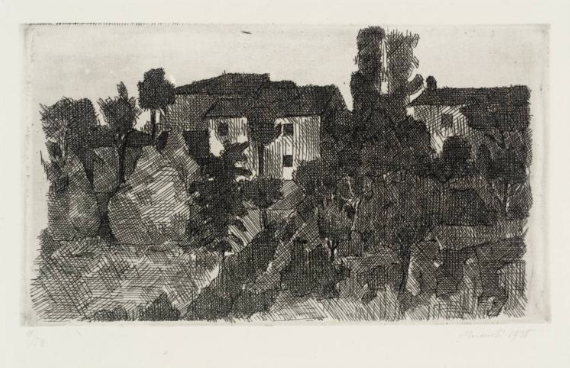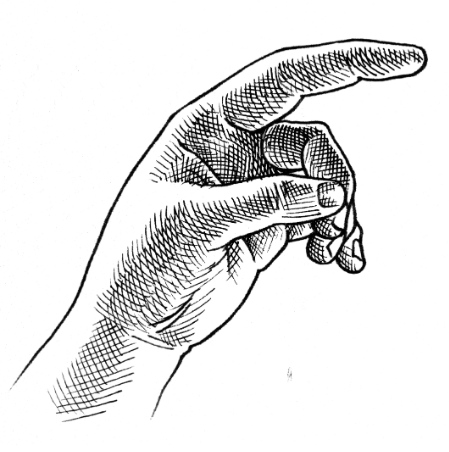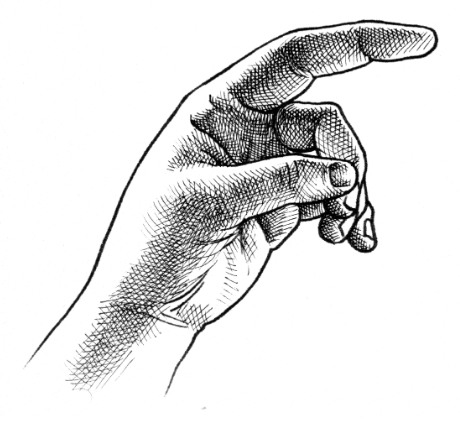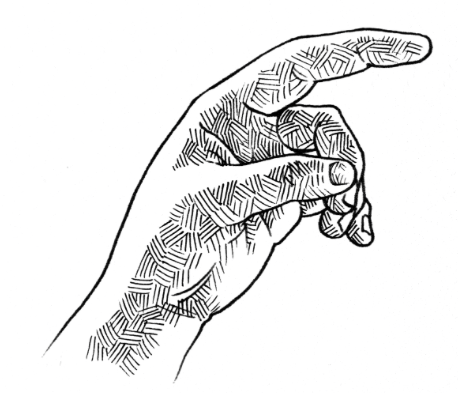One of the most important tools you can have at your disposal as an artist is a strong knowledge of hatching and cross hatching. Drawing is all about mark-making, after all.
What is hatching and crosshatching?
Hatching and crosshatching are some of the most valuable tools for generating value and texture in a drawing. These techniques use simple lines in various arrangements and densities to create a solid sense of atmospheric perspective and contour. Best of all, these methods work just as easily in both pencil and pen and ink!
Let’s take a look at six basic forms of hatching and crosshatching.

Hilltop at Evening Georgio Morandi 1928
1. Parallel hatching
Parallel hatching is one of the most basic forms of hatching, and it’s still a very effective way of demonstrating value (light and dark) in a drawing. It consists of rows of parallel lines placed closely together. Anywhere you put hatching in a drawing, that area will appear darker or in shadow, and anywhere you don’t will appear as a highlight. All of the hatching is vertical in the example below, but it can be at any angle. Notice that some hatch marks are closer together, such as along the top of the index finger. When you increase the density of a collection of hatch marks, the area will appear darker, which can be useful for creating value variations as we’ll see.

2. Contour hatching
Rather than simple parallel lines, contour hatching is when the lines follow the contours of the subject. Here, the hatch marks follow the curves of the hand. This method of hatching greatly enhances the sense of volume and three-dimensionality of anything you are drawing, in addition to providing value.

3. Crosshatching
This is such a well-known method that nearly every artist has encountered it, and it’s exactly what it sounds like. After laying down one pass of hatch marks, another set of hatch marks are drawn on top, usually in a perpendicular or near-perpendicular direction to the first set. This method is one of the quickest and most effective ways to vary the density and darken the values in your hatching. As you can see, it creates a richer overall feel to the drawing. Cross hatching can be applied as simple straight lines, just like parallel hatching, or it can follow the contours of the subject as below.

4. Fine crosshatching
This is the richest and most subtle form of crosshatching, and it might even read as a tonal or pencil-shaded drawing from far away. The method is the same as above, with several layers of cross hatch marks rather than just two, to create even more nuanced differences in tone and value. A fine-line pen is the best tool for fine crosshatching, as the close marks will appear to blend together from a distance.

5. “Basket” or “woven” hatching
I don’t know that there is an official name for this type of hatching, but it is a very striking and graphic style of hatching when used correctly. Rather than all parallel marks, this method uses short sets of parallel marks in one direction, then an adjacent group of parallel marks in an almost perpendicular direction. The effect looks woven when done well, and they can also be crosshatched to add density if desired.

6. “Tick” hatching
This is another very graphic style of hatching, consisting of very short parallel strokes or “ticks.” Because the marks are so small and short, you can almost pile them on top of one another to create density, without worrying about crosshatching. This style often works best with a thicker pen to increase the graphic quality.

There are as many ways to approach hatching and crosshatching as there are subjects to draw, and hatching can be incorporated into drawing facial features, landscapes, still life and more.
The best way to learn is to practice and experiment as often as you can. One fun activity is to make a contour line drawing of something and photocopy it several times over, then practice different styles of hatching on each one.

thanks i guess but really this is helpful cause i lost my notes and we have a exam today please wish me luck
Outstanding info.
wow wow wow wow wow wow wow